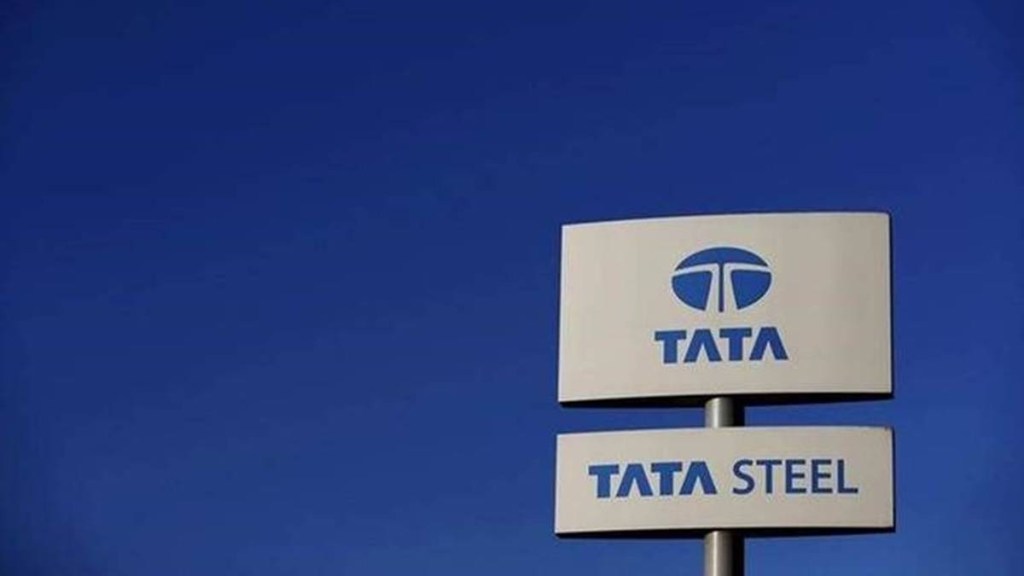Tata Steel expects a decline in net realisations in its Indian operations in the July-September quarter, following a sequential rise in Q1, the steelmaker’s chief executive TV Narendran said during the first-quarter earnings call on Thursday.
Net steel realisations in India rose to Rs 2,600 per tonne during the April-June period, but these gains were front-loaded and are likely to reverse.
“For Q2, we expect net realisations in India to be about Rs 2,000 per tonne, lower than Q1,” he said.
Tata Steel Q1 was driven by price hikes in April
The sequential increase in Q1 was driven by price hikes in April due to expectations of a safeguard duty on imports. Prices softened in June and July as Chinese exports picked up.
While volumes were impacted by early monsoon and scheduled maintenance shutdowns, Tata Steel India maintained an Ebitda margin 24% in Q1 — in line with its long-term averages. The company said it will focus on cost controls and margin preservation in Q2, despite pricing pressure.
The steelmaker reported Rs 2, 900 crore cost takeout as a result of its ongoing cost transformation initiatives across geographies. Of this, India saw costs reduce by Rs 1,100 crore, the Netherlands by Rs 1,400 crore and the UK by RS 400 crore, the Tata Steel management said.
Tata Steel aims to diversify its export footprint
Meanwhile, the firm is also looking to diversify its export footprint in response to higher US tariffs on steel shipments from Europe. A Bloomberg report quoting Narendran said that Tata Steel exploring new markets in the Middle East and Latin America to offset the impact of US levies. About 10% of exports from its Netherlands facility and 5% from the UK are currently routed to the US, but these volumes account for up to 20% of the company’s overall profit.
Steel from the Netherlands now faces a 50% tariff, while the UK benefits from a lower rate under a separate trade agreement. Narendran added that a potential 25% duty on Indian exports is unlikely to materially affect the company due to its low volume exposure. “Some of these products require customer approval, so it’s not a switch that can happen overnight,” he said. “Once we develop other markets, it’s not necessary that we may want to go back to the US if the tariffs come down.”
Workforce rationalisation at the firm’s UK unit in Port Talbot is nearly complete, with about 400 employees exiting in Q1 as part of the 1,800-person programme on account of the transition from blast furnace to electric arc furnace at the facility. The groundbreaking ceremony for the new furnace took place during the quarter.
In the UK, the firm is in talks with the government to protect its exports to the US. Under the US-UK FTA, steel “melted and poured” in the UK is eligible for tariff relaxation, but the Port Talbot facility currently uses sheets imports from other Tata Steel geographies as it transitions from blast furnaces to EAF. “So, we are not able to send any substrate from the UK into the US,” Narendran said, adding that the company is in discussions with the UK government to address this issue as part of its ongoing transformation.
In the Netherlands, Tata Steel posted a positive EBITDA of €64 million, aided by a €184 million drop in material costs. The company expects additional cost savings in Q2, including a $10 per tonne reduction in coking coal prices and €7–8 per tonne lower iron ore costs. While cost transformation measures are slightly behind schedule due to labour consultations, Tata Steel said it remains in talks with the Dutch government on decarbonisation support.
